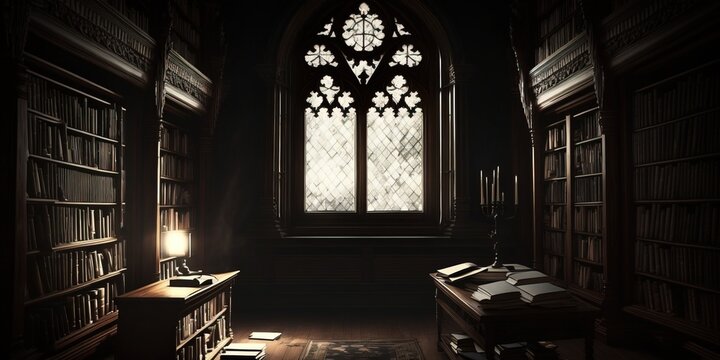
FAQ About Gothic Literature
Gothic Literature
2 years ago | gizem
How does the genre address issues of class and social hierarchy?
Gothic Literature often addresses issues of class and social hierarchy by exploring the disparities, injustices, and power dynamics that existed within society during the periods in which these works were written. Here are some ways in which the genre engages with these themes:
- Class Disparities in Settings: Gothic novels frequently feature stark contrasts between social classes in their settings. For example, grand, imposing structures like castles or mansions contrast with the impoverished, decaying, or neglected spaces inhabited by lower-class characters. This juxtaposition underscores the inequalities of the era.
- Depiction of Aristocratic Villains: Many Gothic stories feature aristocratic or upper-class villains who abuse their power and privilege. These characters are often depicted as corrupt and morally bankrupt, highlighting the dark side of social hierarchy.
- Victimization of Lower Classes: Lower-class characters are often portrayed as victims of exploitation, cruelty, or manipulation by the upper classes. This victimization serves to critique the oppressive nature of social hierarchies.
- Power Imbalances in Relationships: Gothic literature frequently explores power imbalances in relationships, particularly between male and female characters. This can involve arranged marriages, coercion, and the subjugation of women by male authority figures.
- Social Isolation: Characters who deviate from societal norms, such as those who are impoverished, orphaned, or of lower social status, often experience social isolation and exclusion. This isolation contributes to their vulnerability and fear.
- Ambiguity of Identity: Gothic stories sometimes involve the revelation of hidden identities and secret pasts, which can disrupt established social hierarchies. Characters may discover they are of higher or lower birth than they initially believed, challenging their place in society.
- Desire for Social Mobility: Ambitious characters in Gothic literature may desire to move up the social ladder, often through marriage or inheritance. Their pursuit of social mobility can lead to conflicts and moral dilemmas.
- Critique of Inherited Wealth: Some Gothic narratives critique the idea of inherited wealth and privilege, suggesting that it can corrupt individuals and lead to moral decay.
- Depiction of Servants and Servitude: The roles and treatment of servants and individuals in servitude are frequently explored in Gothic literature. Their experiences often reflect the harsh realities of servitude and the power dynamics within the household.
- Supernatural Elements: Gothic literature sometimes employs supernatural elements, such as ghosts or curses, to critique the injustices of the past and to suggest that societal sins can have supernatural consequences.
- Subversion of Social Norms: Gothic heroines, in particular, may subvert societal norms by challenging the expectations placed on women in terms of marriage, virtue, and behavior. This subversion highlights the limitations imposed by class and gender.
